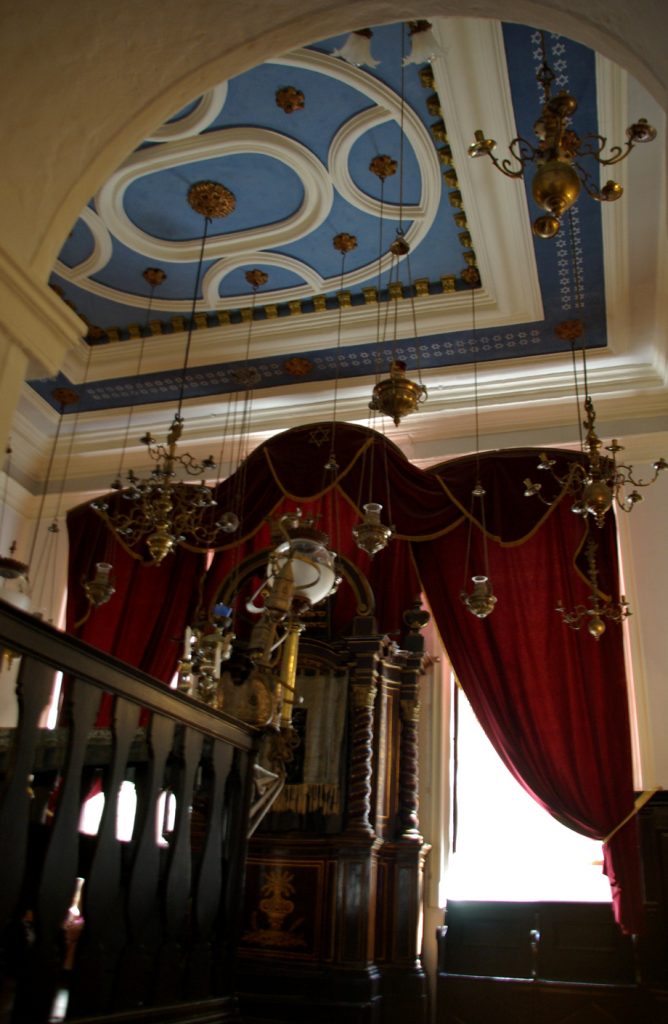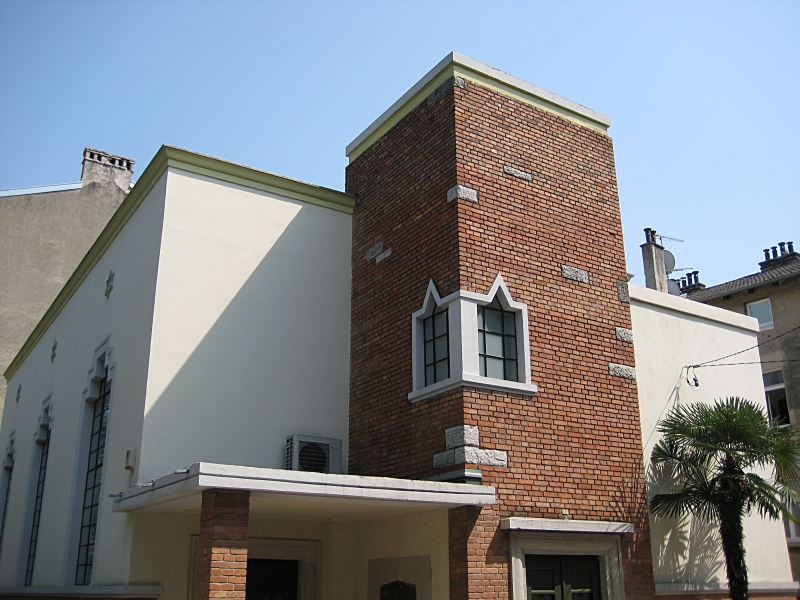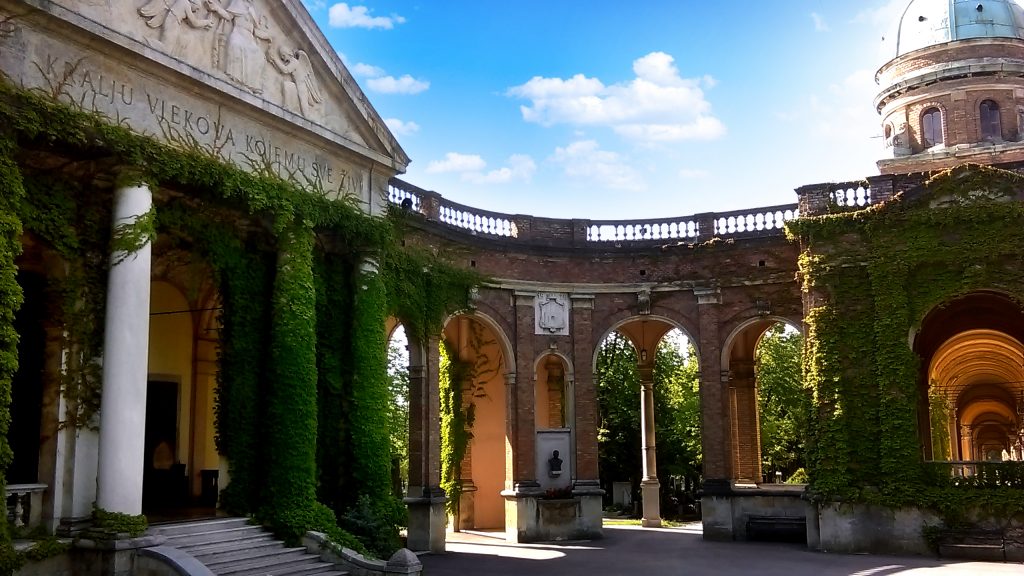Jewish settlers had to wait until the death of Austria’s Catholic and very anti-Semitic Archduchess Maria Theresa and the ascension of her tolerant son, Joseph II, to gain the right to establish communities in northern Croatia, which at the time had been Habsburg territory for nearly three centuries.

Except for the probable existence of a synagogue in Osijek (Roman Mursa) and a few rare references in documents between the twelfth and fifteenth centuries, a prior Jewish presence in the region was unremarkable. Before Joseph II’s 1781 edict of tolerance, however, a few cities, like Krizevci, Koprivnica, Bjelovar, and Osijek, did permit Jewish merchants to spend a maximum of three days here during fairs, but only in exchange for a hefty tax. Then, in 1688, the Austrian army deported 500 Jews from Belgrade to work as slaves in Osijek, which had just been taken back from the Turks. A few decades later, Jews were allowed to settle in certain cities temporarily in order to guarantee a good supply of garrisons.

It was not until 1867, the year the Jews achieved total emancipation under the Austro-Hungarian Empire, that their communities began to develop in Hungary, of which northern Croatia formed an integral part at the time. Croatian Jews numbered 13,500 in 1880, and reached 20,000 by 1900, the vast majority of them Ashkenazi. Jewish fathers devoted to intellectual and commercial pursuits were succeeded by sons who were lawyers, doctors, and journalists. For these younger generations, moreover, Croatian had quickly become a maternal language.

After the First World War, the country was absorbed into the Serbian kingdom. This change, coupled with an upsurge in anti-Semitism fueled by local nationalism and right-wing extremism, made assimilation more difficult. Zionists took control of the community’s major institutions, while a segment of the Jewish youth was drawn to the underground Communist movement.
When Germany invaded Yugoslavia in April 1941, it installed an independent puppet government in Zagreb led by Fascist nationalist president Ante Pavelic. Soon after, the Ustashis, German army auxiliaries living throughout the Yugoslavian territory, attacked the Jewish community, seizing property, executing or sending residents to concentration camps (most notably in Jasenovac)- all with the aim of effecting a Final solution. In the spring of 1943, Croatia’s concentration camps were emptied of their Jewish prisoners, who were soon exterminated in Auschwitz. The Roman Catholic Church managed to spare a few hundred Jews married to Christians; others fled to the Italian-occupied zone, while a few hundred more joined the ranks of the Resistance. At the time of the liberation, over 80% of the 25,000 Jews living in Croatia in 1941 had been killed. Meanwhile, half the survivors quickly emigrated to Israel. The country’s Jewish community, though still active, consists today of fewer than 2,000 members, half of whom live in Zagreb.
In 2020, the Yad Vashem museum launched an online exhibition honouring the individual rescue efforts of Croatian Jews.